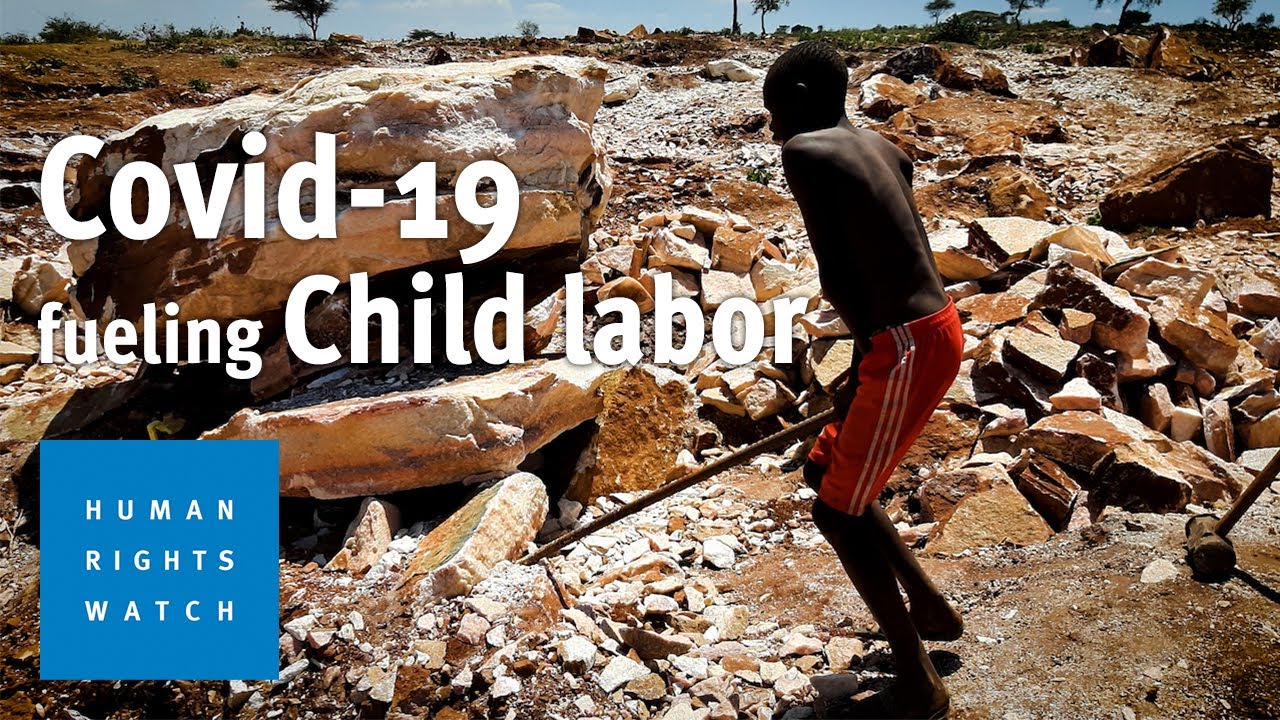
DiYES International School – Eradicating Child Labor requires strong commitment and multi-level action. Uttar Pradesh has taken a bold step in June 2025. The state launched a major awareness campaign to eliminate child labor by 2027. This campaign focuses on prevention, rescue, rehabilitation, and education. Multiple stakeholders including government, NGOs, and local communities have joined the initiative. The campaign began on World Day Against Child Labour, June 12, 2025. Special events, rallies, and workshops were organized across districts. Children’s rights were promoted through radio, television, and digital platforms. Citizens were urged to report incidents of child labor promptly. Street plays and school programs helped spread awareness at the grassroots level. Key messages emphasized the value of education and childhood protection.
Uttar Pradesh created a comprehensive roadmap to tackle child labor. The government monitors, reports, and intervenes directly through child protection units. Labor inspectors now identify vulnerable sectors and enforce the law. Officials deliver awareness materials in markets, brick kilns, and factories. Authorities conduct surprise visits at locations prone to child labor. Citizens use hotlines to file complaints and report rescue alerts. UNICEF and Save the Children helped shape the campaign’s core strategy. Trainers guide village heads and local leaders through educational sessions. Companies and civil society groups contribute funding and expand the campaign’s reach. Celebrities and influencers actively support and promote the cause.
“Read about: Childhood Obesity Linked to Higher Risk of Colorectal Cancer in Adulthood”
The campaign doesn’t stop at rescue operations. Education for rescued children forms the core of long-term solutions. Bridge schools help children catch up. The government offers scholarships and incentives to families. Children join skill development programs based on age. Rehabilitation centers provide counseling and training sessions. Counselors guide parents to keep children away from labor. Community mentors follow each child’s progress post-rescue. NGOs build strong support networks for rescued children. Schools include child protection laws in their lessons.
“Read more: Wisconsin’s Human Trafficking Council Set to Enhance Victim Support and Enforcement”
Despite strong efforts, challenges remain in implementation. Rural poverty still pushes families to send children to work. Cultural norms sometimes hinder acceptance of child labor laws. Some employers resist inspections and hide underage workers. False documents are occasionally used to mislead officials. Remote villages lack sufficient schools and teachers. Transportation and safety issues reduce regular school attendance. Some rescued children return to labor due to economic pressure. Social workers emphasized the need for constant family support. Community ownership is essential for long-term behavioral change.
Uttar Pradesh aims to eliminate child labor by 2027. Officials committed to continuous monitoring and policy updates. Awareness campaigns will run through 2025 and 2026. Annual progress reports will promote transparency. District task forces track outcomes locally. State funding increased for rescue teams and training centers. Digital dashboards now map rehabilitation progress. School enrollment serves as a key success indicator. Grassroots volunteers receive incentives for reporting violations. Cooperation from national and international partners supports these efforts.
Young people played an important role in the campaign. Students created posters, poems, and short films on child rights. Youth clubs organized neighborhood awareness marches and street plays. Social media challenges were launched to promote the anti-labor message. Online contests encouraged teenagers to speak up for child protection. Art exhibitions showcased drawings by children freed from labor. Volunteer programs attracted university students and young professionals. Community radio aired stories of successful child rescues. Religious leaders endorsed the message during public prayers and sermons. Civic pride was encouraged by honoring anti-labor local champions.